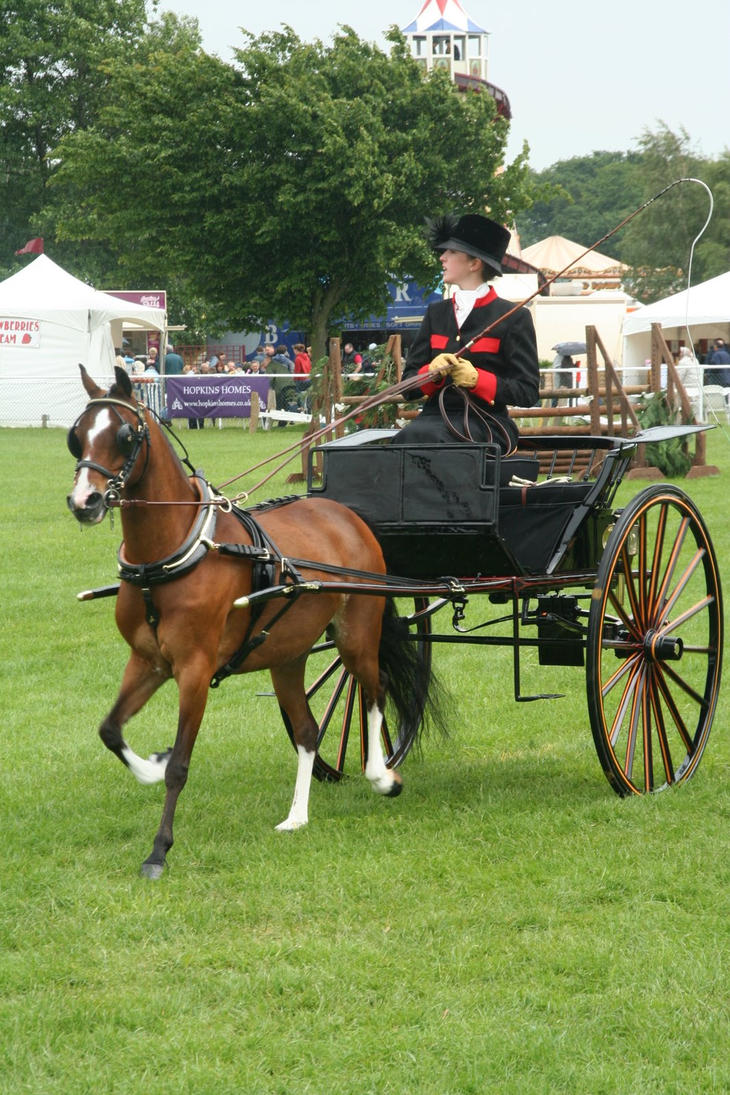
Gig and miniature horse
From The Conversation:

The Uber pool of the 18th century. James Pollard - The London-Faringdon Coach passing
The Taylor Report, the UK government’s recent major review of modern work, paid particular attention to the “gig economy”. This is the idea that the traditional model of work – where people often have a clear career progression and a job for life – has been upended. It encompasses “self-employed” Uber drivers to the web developer freelancers and it allows workers more freedom – but also denies them benefits and protective regulation.
While it might seem that long-established ways of working are being disrupted, history shows us that the one person, one career model is a relatively recent phenomenon. Prior to industrialisation in the 19th century, most people worked multiple jobs to piece together a living. Looking to the past uncovers some of the challenges, benefits and consequences of a gig economy.
The diaries of three men in 18th-century Britain that I have found give a fascinating insight into how middle class people – the supposed beneficiaries of today’s gig economy – made multiple employments work. Edmund Harrold, a resident of Manchester in the early 18th century was a barber by training and title. He rented a small shop, shaved customers’ heads, bought and sold hair, and crafted wigs. In the hours unfilled by this he worked as a book dealer, and eventually as an auctioneer, selling various items in alehouses within Manchester and in outlying towns. He lent out money when he had it, earning 10% interest on his holdings.
Another enthusiastic embracer of the gig economy was Thomas Parsons, working as a stone carver in the city of Bath in 1769, as well as an amateur scientist – work that we might normally classify as leisure. In the West Country, John Cannon took jobs as an agricultural labourer, excise man, failed maltster, and teacher.
Like people earning money through the gig economy today, the three men were thrown into a world of precariousness. They had independence but fretted frequently about having enough money to pay bills, and feared the potential for failure. Parsons agonised about his ability to pay his debts, noting in one entry....MUCH MORE